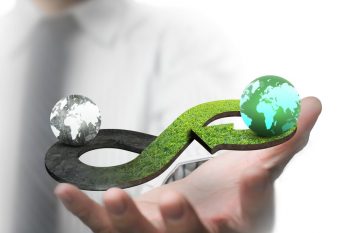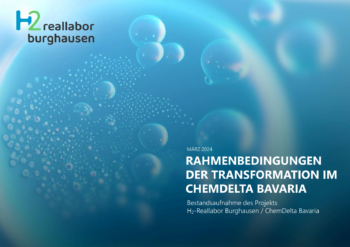Global Perspective H2 – What Do the National Hydrogen Strategies Propose?
In industry and politics, a tendency to see hydrogen as an important element of the energy revolution has gathered steam over the last few years, and especially in 2020. Starting with the National Hydrogen Strategies published by Japan [1] and South Korea [2], multiple Western countries have since followed suit [3, 4, 5, 6, 7, 8, 9, 10, 11, 12]. Other countries are currently in the process of developing their own strategies, for some of which general tendencies can already be observed.
The hydrogen strategies vary widely in their approach; however, they all share some common themes and points where connections can be drawn. For example, the majority of countries name decarbonization as their main motive for fostering the use of hydrogen while also looking to reap economic benefits along the value chain and partially becoming more independent from single energy suppliers. Other countries intend to profit from exporting hydrogen in large quantities.
Mainly European countries as well as Chile have given themselves concrete targets for the construction of electrolyzers in the next decade. Generally, the strategies name several energy sectors where hydrogen could be employed to a major extent in the future, most often naming transport and industry.
The infographic “Global Perspective H2” offers a visual summary of the national hydrogen strategies.

Bibliotraphy:
[1] Ministry of Economy, Trade and Industry, „The Strategic Road Map for Hydrogen and Fuel Cells – Industry-academia-government action planto realize a “Hydrogen Society”,“ Tokio, 2019.
[2] Ministry of Trade, Industry and Energy (MOTIE), „A New Energy Paradigm for the Future – Third Energy Master Plan,“ Seoul, 2019.
[3] Gouvernement, „Stratégie nationale pour le développement de l’hydrogène décarboné en France,“ Paris, 2020.
[4] COAG Energy Council Hydrogen Working Group, „Australia’s national hydrogen strategy,“ Canberra, 2019.
[5] Rijksoverheid, „Government Strategy on Hydrogen,“ Den Haag, 2020.
[6] Norwegian Ministry of Petroleum, „The Norwegian Government’s hydrogen strategy,“ Oslo, 2020.
[7] Bundesministerium für Wirtschaft und Energie (BMWi) , „Die nationale Wasserstoffstrategie,“ Berlin, 2020.
[8] Secretaria de Estado Adjunta e da Energia, „EN-H2 Estratégia nacional para o hidrogénio – Versão,“ Lissabon, 2020.
[9] Gobierno de Espana – Ministerio para la Transición Ecológica y el Reto Demográfico, „Hoja de ruta del hídrogeno – Una apuesta para el hídrogeno renovable,“ Madrid, 2020.
[10] Europäische Kommission, „A hydrogen strategy for a climate-neutral Europe,“ Brüssel, 2020.
[11] Ministerio de Energía, Gobierno de Chile, „Estrategia Nacional Hidrógeno Verde,“ Santiago de Chile, 2020.
[12] Ministero dello sviluppo economico, „Strategia Nazionale Idrogeno Linee Guida Preliminari,“ Rom, 2020.
[13] Department of Natural Resources Canada, „Hydrogen Strategy for Canada – Seizing the Opportunities for Hydrogen,“ Ottawa, 2020.

